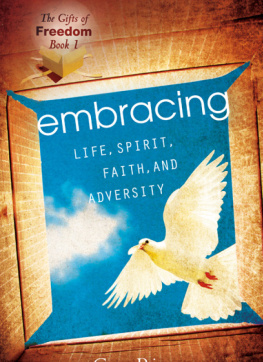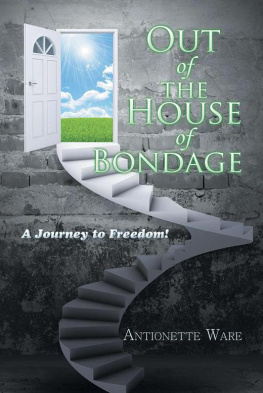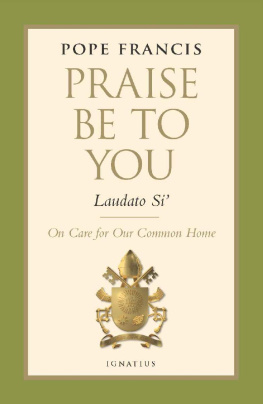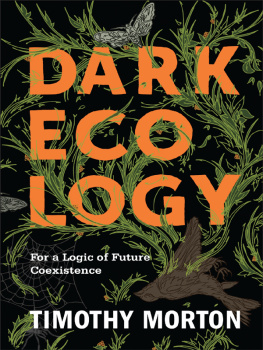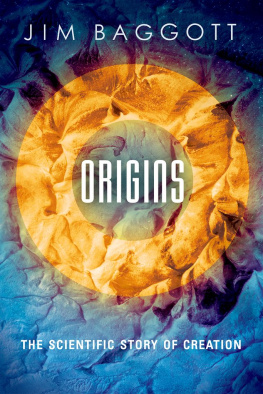Creation and Hope is like a tapestry that calls for artistic appreciation as it pulls together threads that are often discrepant. Theological and scientific, Trinitarian and Christocentric, anthropological and ecological, phenomenological and biblical, woven together with vibrancy and color creating a pattern that eliminates fragmentation, disintegration, and disconnectedness. And the strand that brings it all together is a substantive hope, not one that ignores reality with superficial optimism but one that invites rigorous action.
Rod Wilson, Former President, Regent College, Vancouver; Canada, Senior Advisor, A Rocha, Canada
This collection of essays brings to an international readership, threatened by climate change, the voices of those whose hope-filled eco-theology is profoundly informed by their context of Aotearoa, New Zealand. Readers will encounter the braided rivers of the Canterbury plains, the A Rocha project to restore biodiversity to Mount Karioi, and the animal in Derridas Bible. These and other such engagements are brought into creative dialogue with biblical text and theological tradition. A rich new contribution.
Elaine Wainwright, Professor Emerita, University of Auckland
It is a privilege to have such a wide variety of perspectives and experience gathered under one cover with this collection of fascinating papers. When theological and ecological reflection come together it is always fruitful, but it is immeasurably more valuable when they are grounded in a particular place as they were in Aotearoa by those who have contributed, and by the work of Nicola Hoggard Creegan in particular... However unreflective activism carries its own dangers, and so I trust that Creation and Hope will find the readership it deserves.
Peter Harris, President, A Rocha International
This volume offers informed and fresh insights that contribute to a more nuanced understanding of ourselves as deeply embedded creatures. By exploring the symbolic inheritance and lived experience of the Christian faith in relation to the natural world, it offers a vision of human flourishing in concert with other beings in the natural worldand ecological hope.
Vicky Balabanski, College of Humanities, Arts and Social Sciences, Flinders University
Creation and Hope
Reflections on Ecological Anticipation and Action from Aotearoa New Zealand
edited by Nicola Hoggard Creegan
and Andrew Shepherd
Abbreviations
ABAnchor Bible
ANEAncient Near East
BAGDBauer, W., W. F. Arndt, F. W. Gingrich and F. W. Danker (eds). Greek-English Lexicon of the New Testament and Other Early Christian Literature . nd ed. Chicago: University of Chicago Press, 1979.
BCOTWPBaker Commentary on the OT Wisdom and Psalms
EDNT Balz, H., and G. Schneider, eds. Exegetical Dictionary of the New Testament . Eerdmans: Grand Rapids, 1990 1993.
HALOT Koehler, Ludwig, and Walter Baumgartner. The Hebrew and Aramaic Lexicon of the Old Testament . Leiden: Brill, 1994 2000.
LSJLiddell, Henry George, Robert Scott, Henry Stuart Jones. A Greek-English Lexicon . th ed. with revised supplement. Oxford: Clarendon, 1996.
LXXSeptuagint
NICNTNew International Commentary on the New Testament
NIGTCNew International Greek Text Commentary
NIVACNew International Version Application Commentary
NRSV New Revised Standard Version
NTSNew Testament Studies
PNTCPillar New Testament Commentary
RTRelevance Theory
SBLSociety of Biblical Literature
TDNT Kittel, G., and G. Friedrich , eds. Theological Dictionary of the New Testament. Translated by G. W. Bromiley. vols. Grand Rapids: Eerdmans, 1964 1976.
UBS United Bible Societies
VTVetus Testamentum
WBCWord Biblical Commentary
WUNTWissenschaftliche Untersuchungen zum Neuen Testament
Introduction
Introduction
Andrew Shepherd , A Rocha Aotearoa New Zealand
W e live in an ecological age. Ecology and physics have made us aware of our interconnectedness and dependency upon the web of life. And, as human activity propels us toward a sixth great mass-extinction, there is increasing awareness of the fragility of life on this planet. In such a context, what is the nature of Christian hope with regard to creation? St. Paul declares that all of creation will be set free from its bondage to decay and will obtain the freedom of the glory of the children of God (Rom :). How are we to imagine this freedom when death and decay are essential to biological life as we currently experience it, when species extinction is part of the evolutionary story, and when the scientific predictions for life in both the immediate and the far future are bleak at best?
Jrgen Moltmann writes: Christianity is eschatology, is hope, forward looking and forward moving, and therefore also revolutionizing and transforming the present. The eschatological is not one element of Christianity, but it is the medium of Christian faith. How does this forward gaze of Christianity relate to a conservation ethic of preserving and restoring degraded ecosystems? Are there specific theologies and eschatologies that fund an ethic of ecological care? How, in the light of grim ecological indicators and statistics does hope motivate, sustain, and shape the nature of Christian life in an ecological age? It is such questions that this book seeks to reflect upon.
Many of the assembled chapters that follow had their origins in a day-long conference, Ecology & Hope, held at Carey Baptist College in Auckland, New Zealand in January 2016 . The conference, hosted by A Rocha Aotearoa New Zealand with the generous support of Catholic organizations Nga Whaea Atawhai o Aotearoa/Sisters of Mercy New Zealand and Caritas, was an ecumenical affair. Buoyed by the release of Pope Franciss Laudato si and the perhaps unexpected, but welcome agreement reached by delegates at the UN Climate Change Conference (COP) in Paris in December 2015 , conference attendees were privileged to hear keynote lectures from Professor Celia Deane-Drummond. Originally from the UK, and now based at the University of Notre Dame in the States, Deane-Drummond has been one of the pioneers researching the interface of theology and the natural sciencesparticularly in the areas of ecology, evolution, animal behavior, and anthropology. This collection opens with a chapter from Professor Deane-Drummond in which she explores how the classical neo-Darwinian biological account of the world has tended to depict nature as blind to the future and mechanical in its workings. Pointing to the way in which scientific beliefs assume certain values and teleological vision, Deane-Drummond reflects upon the emerging extended evolutionary synthesis, which recognizes a myriad of entangled agents in the processes of human becoming. Deane-Drummond suggests that the extended evolutionary synthesis offers a more nuanced understanding of human anthropology that complicates the value questions that lie at the heart of biodiversity conservation.
The chapters that follow offer phenomenological, textual, and theological responses to the themes of creation and hope, while also explicitly and obliquely continuing dialogue with Deane-Drummonds contribution. Nicola Hoggard Creegan picks up on Deane-Drummonds emphasis on the narrative of science, noting that recent theorists are placing greater emphasis upon the cooperative relations that are present in ecosystems. Read from the underside, Hoggard Creegan believes that in the insights of phenomenology and evolutionary theory can be found a different kind of story, one that shows us the discarded selves of our inward natures. Taking account of our long history, recognizing the depth in nature, and rediscovering that as homo sapiens we are deeply embedded creatures, Hoggard Creegan believes, gives us a hope that is less brittle and more robust. Hoggard Creegan begins to trace a nuanced form of natural theologyarguing that the only stories that offer real hope are ones that come to terms with our radical embeddedness in and dependence on matterand with the Incarnations radical ongoing embeddedness as well.


